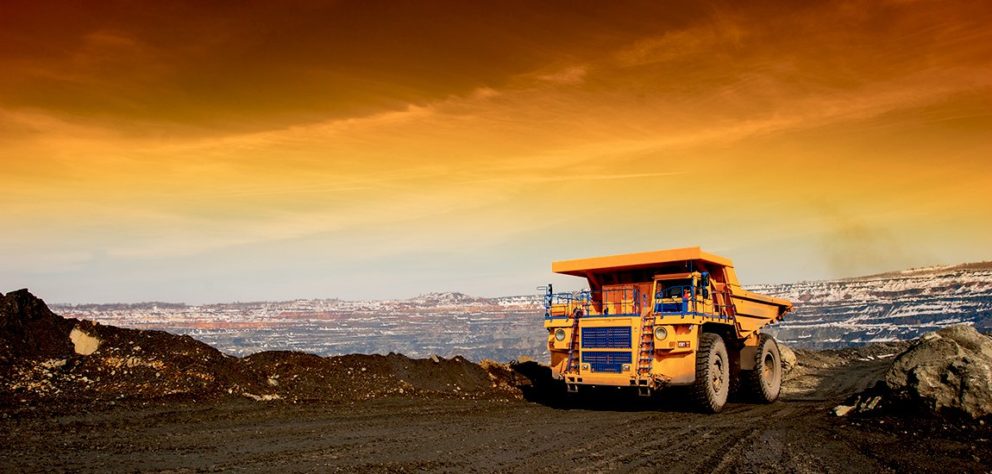New Equipment Needed as Mining Operations Change

Mining companies are changing how they operate, and this will create demand for equipment designed specifically for the new conditions.
Move Toward Brownfield Sites
Currently, for a mine to go from greenfields explorational to an operational site producing income, can take as long as ten to fifteen years. Sometimes even longer.
Before rigs can start drilling, there are significant social, environment, government issues to be negotiated and resolved.
These delays are leading to the current trend where mining operators are investing their exploration resources into brownfield sites.
These are sites where all the important approvals are already in place.
New Mining Going Deeper
Miners are going underground from the open pit, putting a portal in, and going deeper and deeper. As the mining working areas get deeper underground, working conditions become warmer.
At this point, an element called wet-bulb temperature comes into play. At 32 degrees wet-bulb, humans working becomes a very real safety concern.
Definition: Wet Bulb Temperature
"The wet-bulb temperature is the temperature measurement of a mixture of air and water vapour. Web bulb temperature is the lowest temperature that can be reached by the evaporation of water only. It is the temperature felt when wet skin is exposed to moving air.
The difference between wet and dry bulb temperatures is used to calculate humidity. Effective working temperature is calculated using wet bulb temperatures and air velocity."
Source:
Ventilation of Underground Mines
Code of Practice
Section 274 of the Work Health and Safety Act (the WHS Act).
Safe Work Australia
Last week I toured a site where they're at 31 wet-bulb, and they're only one kilometre down. Once they hit 32, people aren't allowed to work in that environment because of the combination of heat and humidity.
Autonomous Mining
On my recent visit to Canada, there was a lot of discussion about the deeper levels of mining activity and the challenges to be met in these new environments.
All this means is that we've got to change the way we do things. It is likely that autonomous mining will become more and more prevalent at these deeper levels.
Risk of Equipment Failure In Remote Areas
It also means that as mines spread out from their central point, there will be remote locations within sites where important equipment will be used but will be minimally supervised.
If you have equipment operating well away from people, safety issues can arise because no one is there to notice the failure and trigger a response.
During a visit to a new client last week we drove along an underground heading and discovered it was flooded because a pump had failed.
Safety Factor of Pump Failure
If a pump fails in that area, it floods in three hours. Our group could see that the heading was flooded with water flowing down the escape-way.
From a safety perspective, that escape-way was no longer viable if an evacuation was required.
Nobody knew that pump was down. Nobody knew until we drove to that remote part of the mine because it was no longer part of the day to day operations.
While that area might not have been part of production it was still an evacuation route.
At that moment I could see that the monitoring of dewatering pumps in remote parts of the mine needs to be automated to ensure pump failure doesn't compromise safety.
New Design Challenges
In the future mining safety will require that dewatering pumps can function reliably in much warmer environments. Dewatering pumps will need to be equiped with an automatic alert system to signal failure to control rooms.
It will be our challenge to adapt our designs, so we deliver pumps that meet these changing industry needs.
Explore PumpEng's latest submersible pumps, engineered for mining.
